Paper accepted in Ecohydrology on including tree water storage and mixing in hydrological models6/3/2020 A recent paper is the result of a collaboration between James Knighton and the VeWa Team, in which we looked into the effect of different storage and mixing assumptions within the tree for the simulation of xylem stable isotope ratios in the tracer-aided hydrological model EcH2O‐iso. Usually, there is no tree water storage (and mixing) considered in hydrological models, but we showed that adding a storage and assuming either piston flow or fully mixed conditions makes a difference for the model performance. New isotope data sets of higher sampling frequencies will allow in future studies to further investigate the storage and mixing of tree water and its potential effects on xylem water sampling and the interpretation of uptake depths comparing isotope ratios of xylem and soil water. You can find Jame's paper here and if you do not have access to Ecohydrology, please contact me for a copy of the paper.
0 Comments
We are organizing for the fourth time a session on the application of stable isotopes to study water and nutrient dynamics in the soil-plant-atmosphere continuum for the EGU General Assembly taking place in Vienna between May 3rd and 8th 2020. You are invited to submit your abstract to this session before January 15, 2020 here. We are happy that Christiane Werner from the University of Freiburg agreed to give an invited talk.
The session description is as follows: Stable isotopes are powerful tools for tracing fluxes of water and associated nutrients in the soil-plant-atmosphere continuum. They are increasingly used by various disciplines to better understand the functioning of the soil-plant-atmosphere system. While new methods allow measurements at high spatial and temporal resolution, studies applying tracer methods are now tackling complex interactions between soil processes, plant physiology and ecology, and variable atmospheric drivers. As such, methodological developments and changes are happening quickly and have a strong bearing on process understanding and interpretation of findings. This session aims to address the current state of the art for methods, applications, and process interpretations using stable isotopes in the critical zone and to foster interdisciplinary exchange. We welcome experimental and modeling studies that present methodological developments and applications of isotope tracers to improve the actual knowledge of the water and nutrient exchanges at the soil-plant-atmosphere interfaces. Studies that seek to cross disciplinary boundaries and reveal new eco-hydrological process understanding are especially welcome. The list below shows two poster and two oral presentations that I contribute to the AGU Fall Meeting 2019. The presenting authors are underlined (won't be there personally).
Presentations Monday, 9 December 2019
Session Thursday, 12 December 2019
Thanks to the support and organization by the Wassernetzwerk Baden-Württemberg, we had four full days of intensive classes and discussions with twenty graduate students and postdocs from around the world in the Black Forest on the topic of "Water Ages in the Hydrological Cylce". The classes covered current methods ranging from Ensemble Hydrograph Separation, Endmember Splitting Analysis, Age tracking in catchment-scale hydrological models, StorAge Selection functions, and process based modeling approaches. Classes were accompanied by hands-on tutorials and in between, there was time for discussion about water age concepts, tracer hydrology, and sampling strategies.
We are organizing an exciting workshop on studies using stable isotopes to better understand soil-plant interactions. It will take place in Hannover, Germany from 22-24 July, 2020. See info below or reach out to me in case of questions. There will be reduced registration costs for early career scientists. The workshop will be a mixture of oral and poster presentations with smaller group discussions and co-organized with support from EGU Galileo Conferences and the Volkswagenstiftung.
Our study showing that subsurface water of the studied silty-loam soil in the Vallcebre research catchment did not mix well over the studied 8 month period is now published in Hydrology and Earth System Sciences.
The SURFACE HYDROLOGY AND EROSION GROUP at IDAEA-CSIC gathered an extensive data set of water in the soil (both mobile and bulk soil water), in a piezometer, rainfall, and streamflow. The fortnightly sampling frequency revealed that despite pronounced changes in the soil wetness, the water in smaller pores were of different isotopic composition than the water moving in bigger pores. Mobile water sampled with suction lysimeter (circles and blue frame in Figure) was more similar to summer rainfall, while bulk soil water (stars and green frame in Figure) was more similar to winter rainfall. Thus, there is water located in small soil pores, which does not mix well with newly infiltrating, indicating non-uniform water transport across the studied soil profile. We could explain the isotope pattern relating rainfall stable isotopes and soil moisture, which showed that smaller pores (soil is dry) get refilled with more isotopically depleted rainfall. These findings provide a mechanistic explanation for subsurface heterogeneity in stable isotope values, which is important for improving model realism of hydrological simulations or ecohydrological applications of isotopes. We offer in 2019 for the third time a session on "Stable Isotopes in the Critical Zone: Methods, Applications, and Process Interpretations" at the AGU Fall Meeting. This year our convener team will be composed by Stephen P. Good, Natalie Orlowski and Scott T. Allen. Abstract submission is open from June 12th to July 31st.
Session description: Stable isotopes are powerful tools for tracing fluxes of water, carbon, and nutrients. They are increasingly used in various disciplines to better understand processes occurring in the soil-plant-atmosphere continuum. Furthermore, new methodological and technological developments have facilitated tracing isotopes at much finer scales, but also across larger domains. By enabling the tracing of exchanges across distinct landscape pools, stable isotopes support new interdisciplinary perspectives on critical zone processes. This session aims to address the current state of the art for methods, applications, and process interpretations using stable isotopes in the critical zone. Studies that cross disciplinary boundaries and reveal new process understanding are especially welcome. This session also encourages contributions that celebrate the AGU's Centennial, including reviews of historical data and the evolution of stable isotope tools within the critical zone, as well contributions that discuss the future direction and needs of the critical zone stable isotope community. We are inviting applications for the new Black Forest Autumn School on "Water Ages in the Hydrological Cycle", which will be held at from October 27 to 31 in Freudenstadt, Germany. The Black Forest Autumn School will teach approaches,
methods and models to determine water fractions, water ages and transit times throughout the hydrological cycle and will foster inter-disciplinary discussions. Lectures and hands-on exercises including a small model intercomparison project will provide a stimulating learning environment. The lecturer team consists of Markus Weiler, Christine Stumpp, James Kirchner, Markus Hrachowitz, Paolo Benettin and me. The Autumn School is supported by the Water Research Network Baden-Württemberg. The course fee is 290 €, but free participation for young scientists from Baden-Württemberg. If you would like to attend, send a 1 page motivation letter and your CV to [email protected] by July 15 2019. More info on this flyer.  I wrote a blog post for the EGU HS blog that you can read here: https://blogs.egu.eu/divisions/hs/2019/05/22/everything-is-interaction-and-reciprocal/ and below is a list of literature on which this post was partly based and could provide further reading for the interested among you: Originals
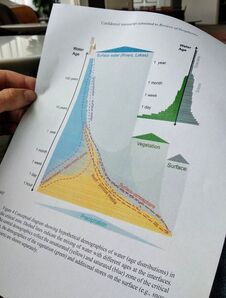 Looking at the demographics of water in the critical zone. Looking at the demographics of water in the critical zone. The literature in hydrological science on how long a rain drop takes to pass through the soil, may be taken up by trees, end up back in the atmosphere via evaporation, or recharge the groundwater and streams is ever growing (see graph below). In our accepted manuscript on "The demographics of water: A review of water ages in the critical zone", we provide an overview on the current developments and open questions in this vibrant field dealing with water ages to improve the understanding of flow paths. This manuscript evolved from a workshop on “Water Ages in the Hydrological Cycle” held in October 2017 in the Black Forest funded by the Wassernetzwerk Baden-Württemberg. Back then, we discussed for about three days our experiences, new thoughts and challenges in estimating water ages in the terrestrial water cycle. 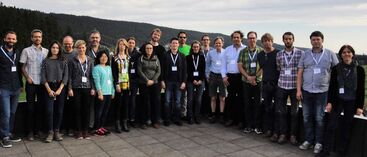 Participants of the workshop on "Water Ages in the Hydrological Cycle". Discussions at this workshop initiated the review paper. Participants of the workshop on "Water Ages in the Hydrological Cycle". Discussions at this workshop initiated the review paper. Our interdisciplinary group of scientists brought together various aspects that appear to be relevant for a better understanding and would be worth looking into in the future. This review manuscript is the result of these discussions at the workshop and via emails afterwards. It has been a great experience to work with that many bright scientists and put different views based on different backgrounds together. The collaborative and supportive atmosphere within the group of co-authors were extremely motivating and a great example for the success of interdisciplinary work. Thanks to the Wassernetzwerk Baden-Württemberg and the DFG for the financial support to work on this manuscript. You can download the accepted manuscript here. 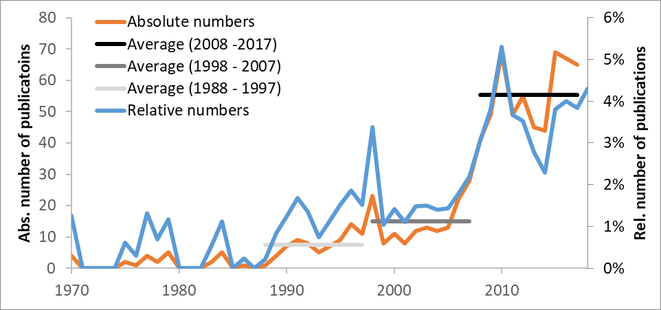 Annual numbers of publications (orange line) with either "Travel times" or "Transit times" or "Water age" or "Residence times") in their title or keywords published in the journals “Water Resources Research”, “Journal of Hydrology” or “Hydrological Processes”. Horizontal lines indicate the average values over the indicated decade. Numbers of publication are also given in relation to the total number of publications in the considered journals (blue line, given in %). (Figure is not part of the review manuscript.) |
Archiv
May 2022
Kategorien
All
|
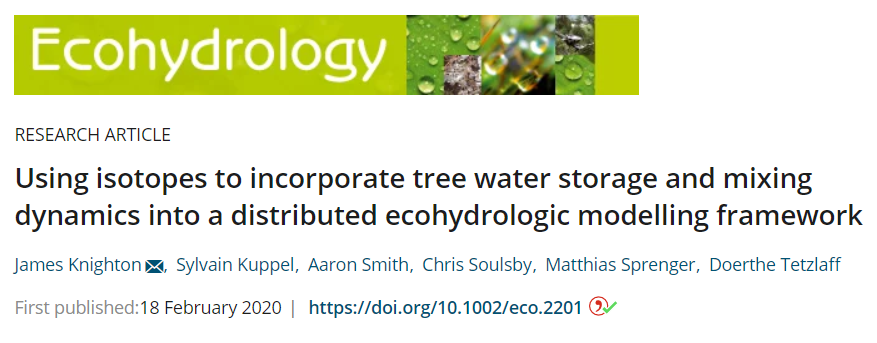
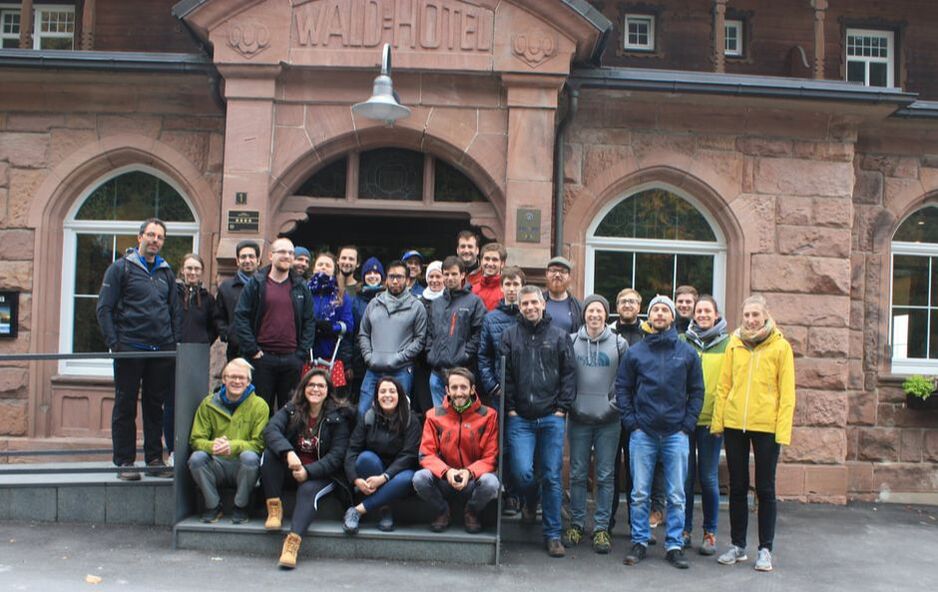
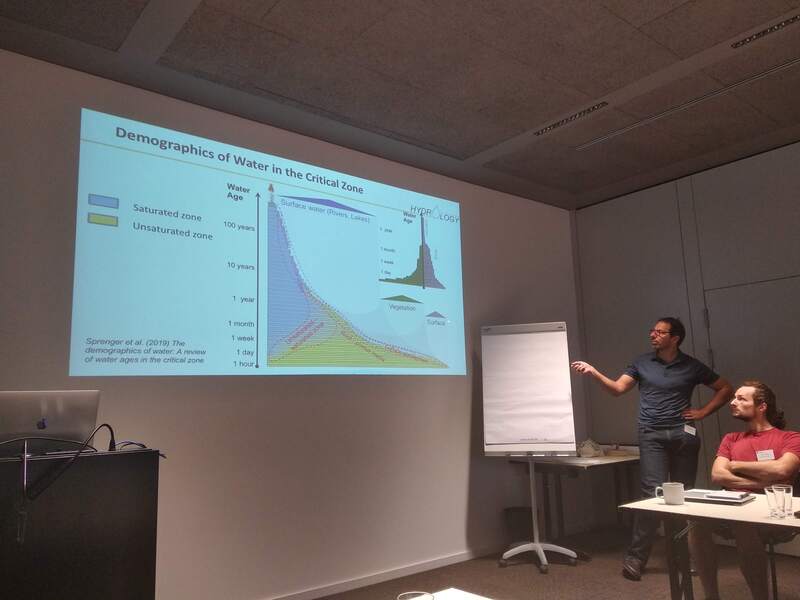
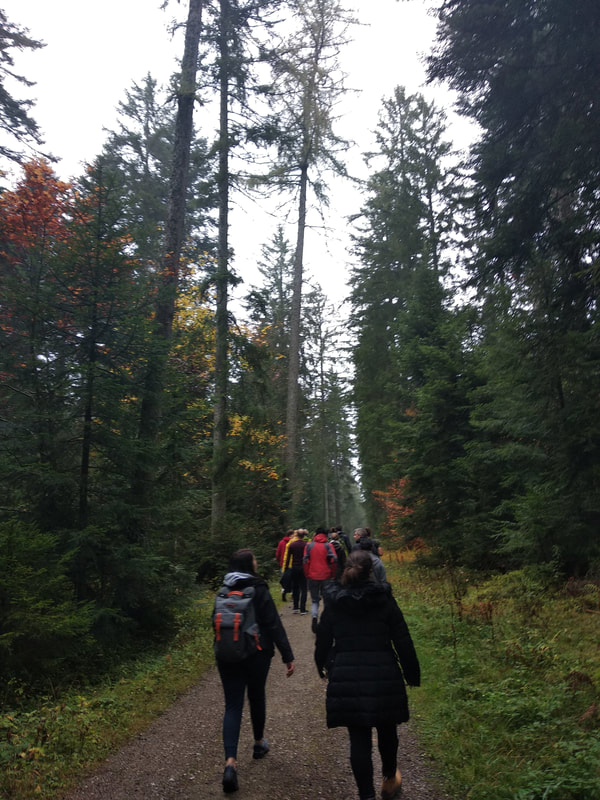
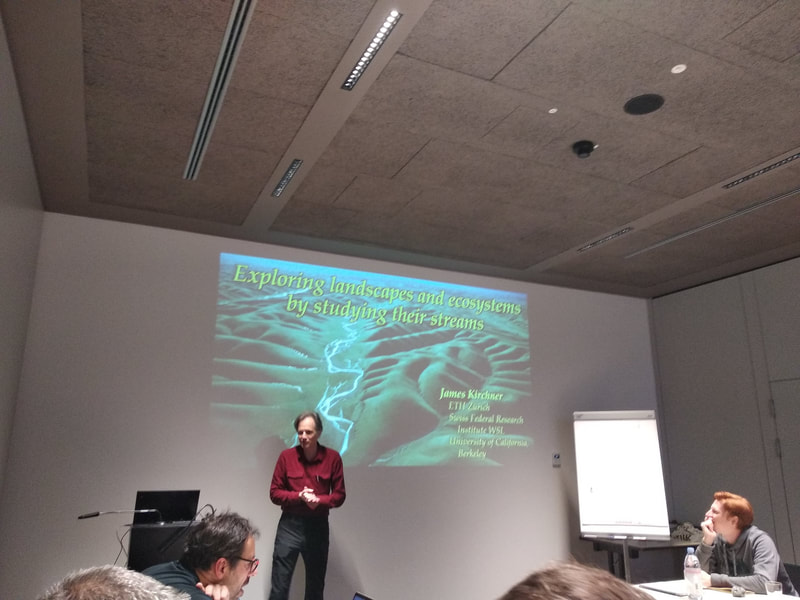

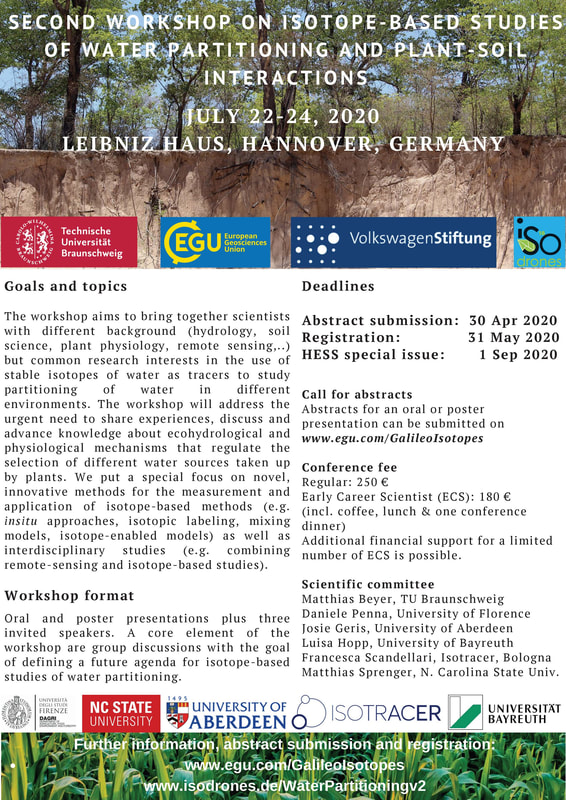

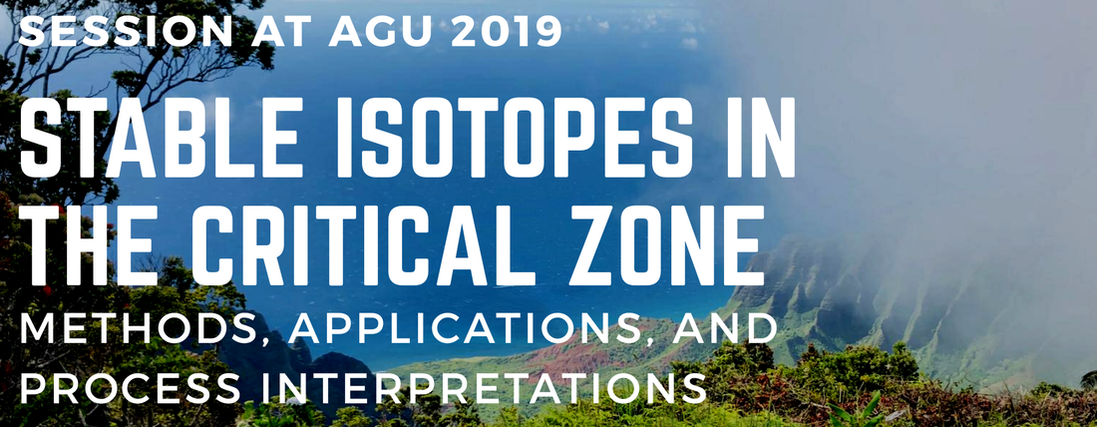
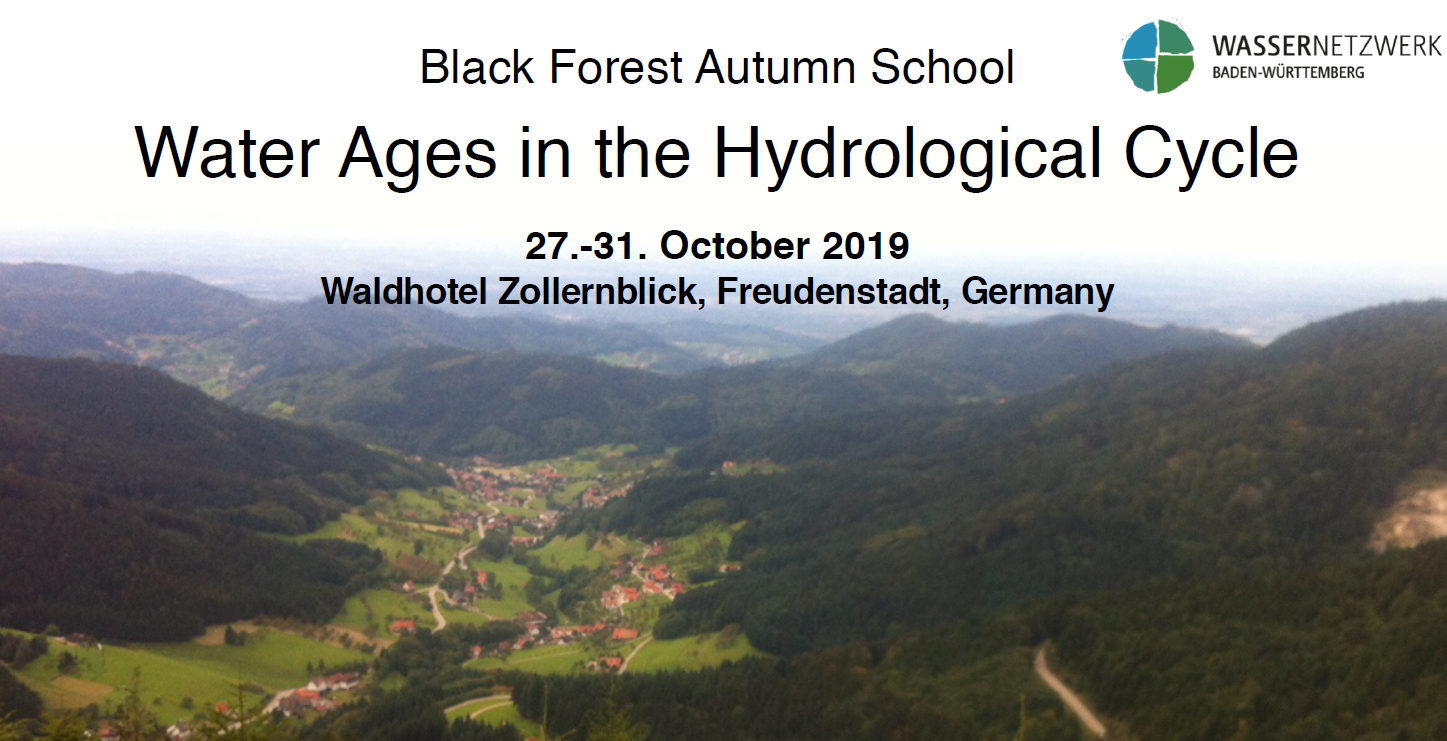
 RSS Feed
RSS Feed
